Food for thought; How the Dalits ate
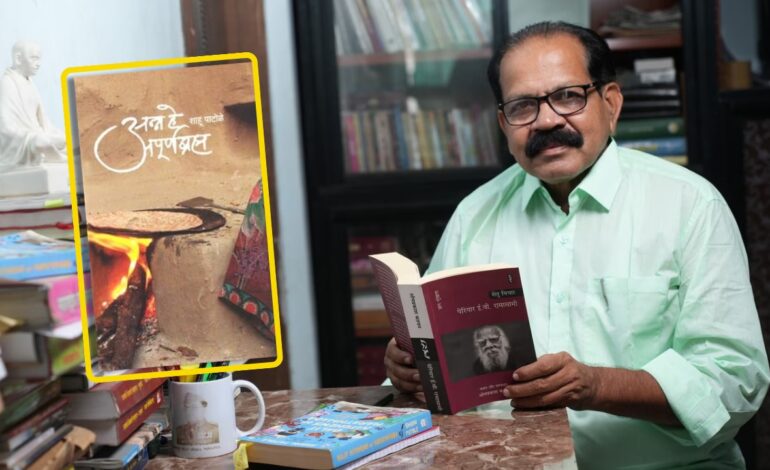
Dalit food habits, perhaps an untouchable topic for many food columnists and bloggers hitherto, were discussed at the Jaipur Literature Festival (JLF), which has a good number of sessions on food, including one on royal recipes. For at least some, the Dalits having any food culture or food pattern would be an unthinkable idea, but a path-breaking book, which was first published in Marathi a few years back, has made many to sit back and think of this subject seriously. After all, food habits are closely related to the social as well as economic milieu of the period one lives in.
“We are alive now because of the food we ate in the past,” said Shahu Patole, the author of the Marathi book “Anna He Apoorna Brahma” which last year got translated into English with the title, “Dalit Kitchens of Marathwada”. In conversation with food expert Pushpesh Pant, the author said for centuries the Dalits and the so called “Shudratishudras” (a category below the lowest Shudras as well) have survived on their diets. Though mostly out of compulsion, these dietary habits stood in good stead for the poor and the wretched of the past, he noted.
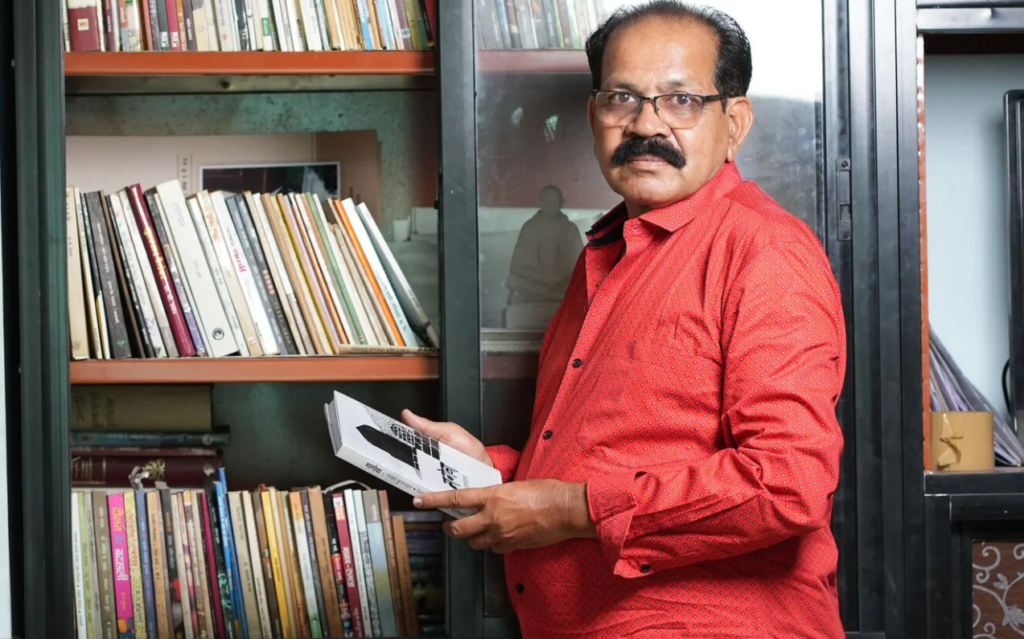
“Why should I feel ashamed of my eating habits,” Patole, who hails from Khamgon village of Maharashtra, wondered. Over a period the Dalits lived healthily eating food prepared with very little oil, ghee or even milk. The ingredient that had substituted oil was the crushed peanut, which obviously was available to the farming communities of Dalits like Mahars and Mangs. The things the Dalits happily ate, like buffalo meat, millets and other food items discarded by the well off caste groups, had become expensive now with the changing food habits and trends, he noted.
Citing examples Patole said the Dalits of the region had discontinued eating beef sometime back and now cow slaughter was banned in Maharashtra. However the prices of animal parts like offals were going up as a new generation of meat eaters was finding eating them trendy. “Eyes and intestines used to be our favourite delicacies but now they cost more. However, blood remains reasonably cheap as a section of people—Muslim—does not consume it,” he noted. Even the eyes of the animals like goat and buffalo are now costlier as they have found favour with some sections.
”Our village did not have Brahmins but it still practiced untouchability,” he said talking about the past. As for Dalit cuisine nobody took it seriously. Even if we had prepared food buying best raw materials available nobody would have come to our houses to eat it. Even if we offered food on a silver platter the case would have had been the same,” he pointed out. There were certain taste preferences in the eating habits of Dalits. The upper caste food contained asafetida and the Dalits did not use it at all. Similarly, the Dalit food of yore did not make use of any citric fruit.

Not that all the upper castes were vegetarians. “In fact this is a myth perpetuated by some sections. Barring in the period ‘chaturmas’, several upper caste Hindu communities also consumed meat with their own preferences of the categories. “I am a Hindu and we were beef eating Hindus. Now we don’t and we go for buffalo meat which is also referred to as ‘buff’ ” he said. “Again, it is wrong to think that we learnt to eat non-vegetarian food from the Muslims. Dalits and a good section of upper caste Hindus used to consume meat in Bharat even before the Muslim invasion,” he observed.
Yet, strange it may appear, the meat eaters of the Marathwada region still go for ‘Halal’ (the Muslim way of slaughter), he observed. “This could be due to the fact that the region was under the Nizams for over two centuries. The Hindus still prefer the Halal meat,” he pointed out.
For more stories from Jaipur Literature Festival 2025, Click Here.
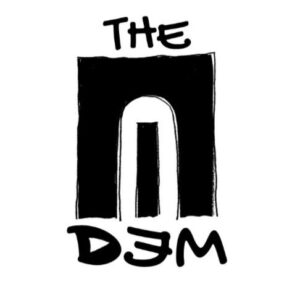

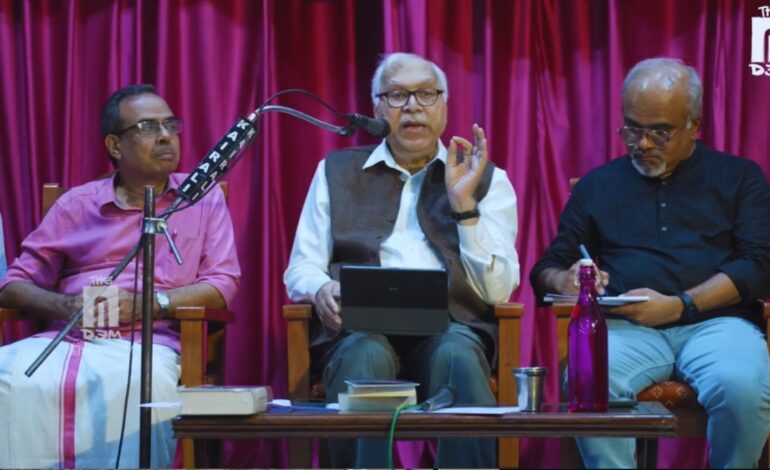
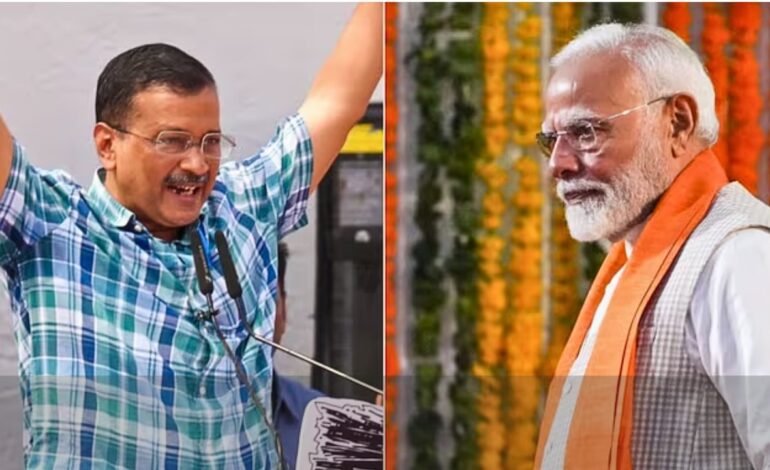
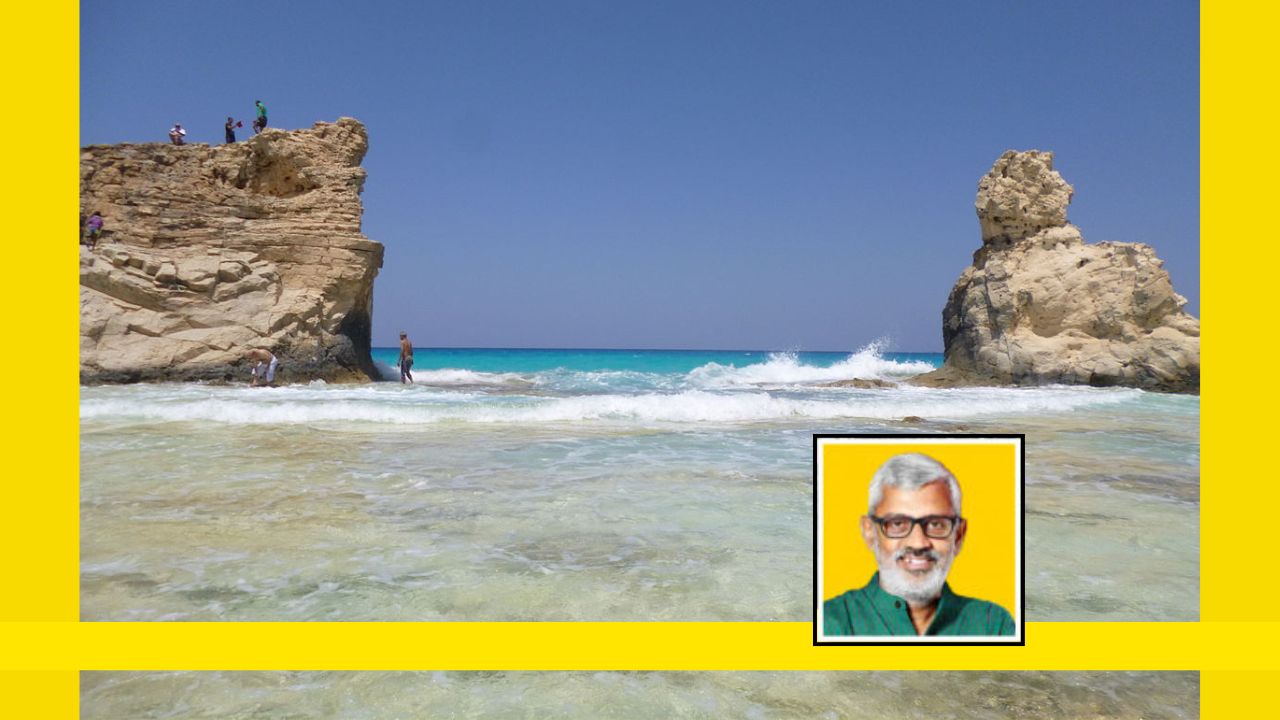
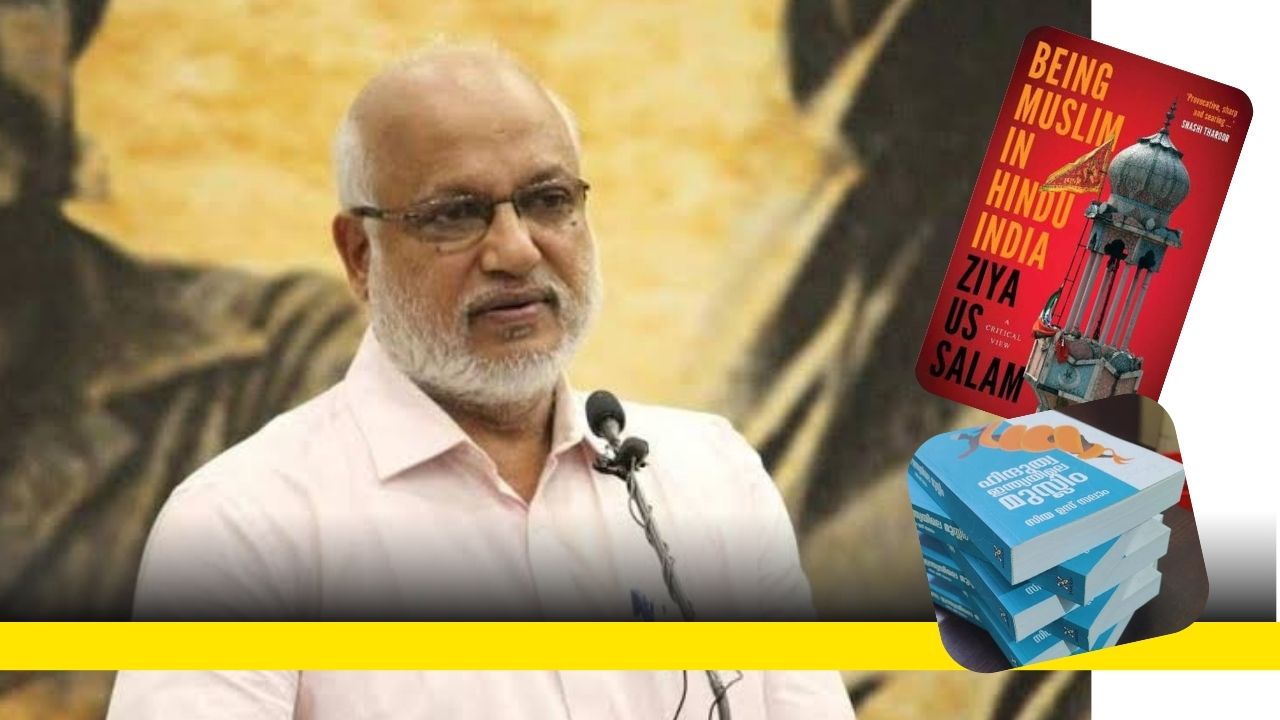

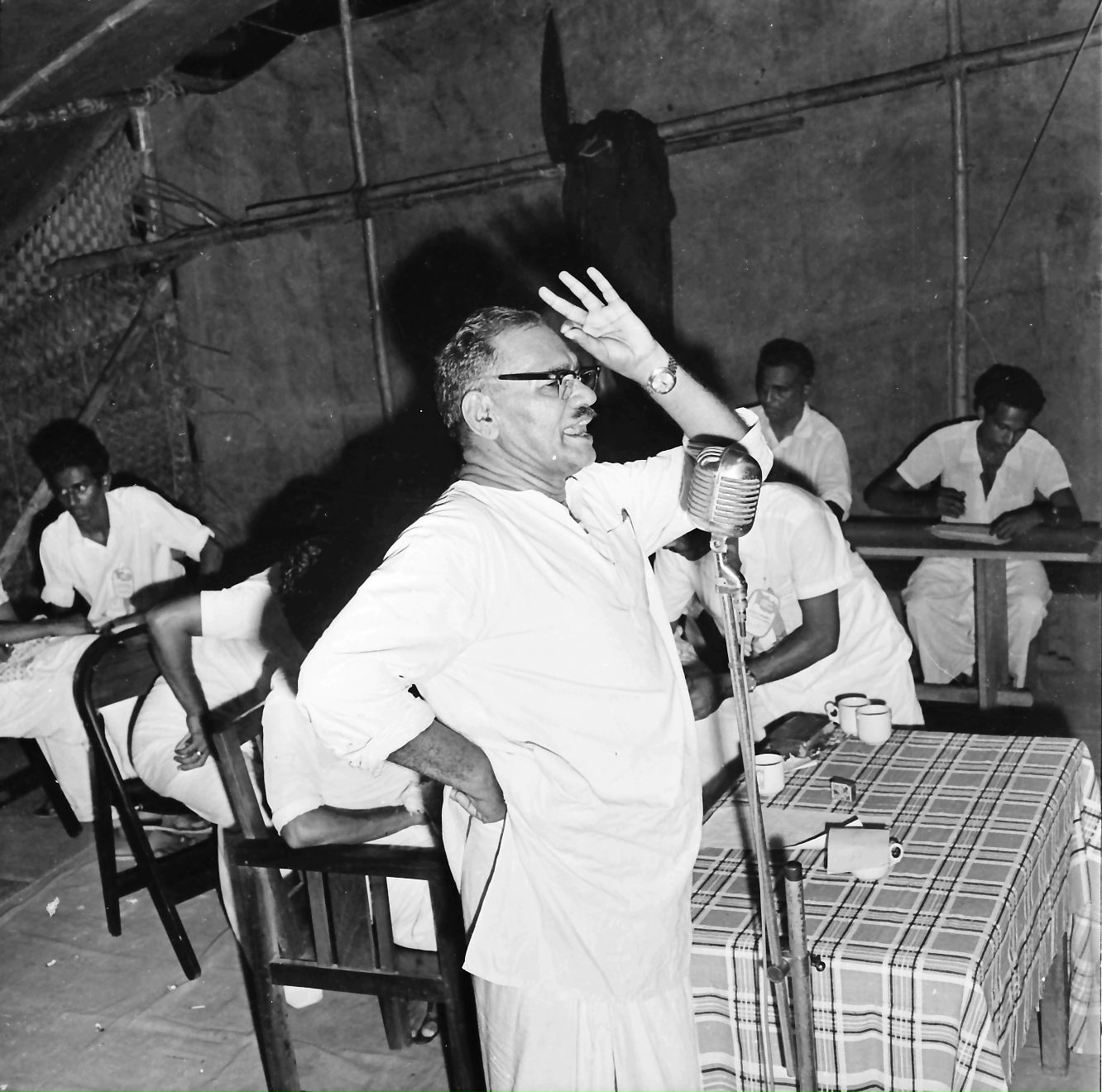

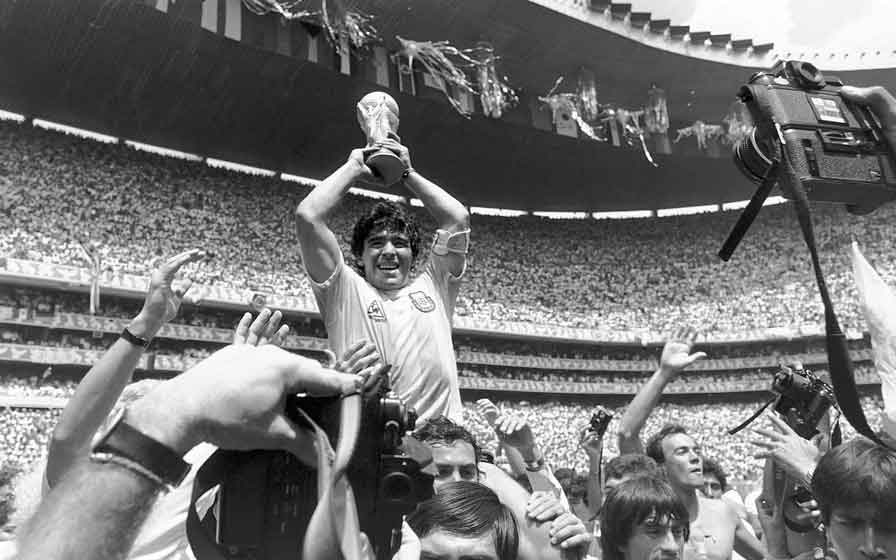
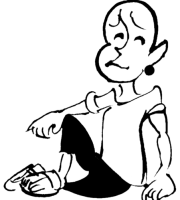
Really good of JLFto take up thistopic. And Sunny Sebastian has captured the essence of it nicely .